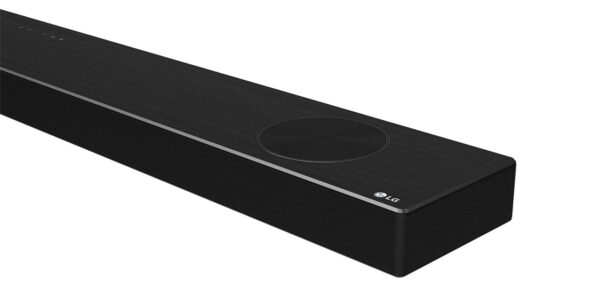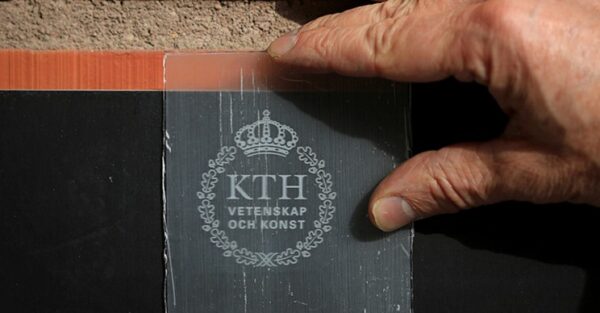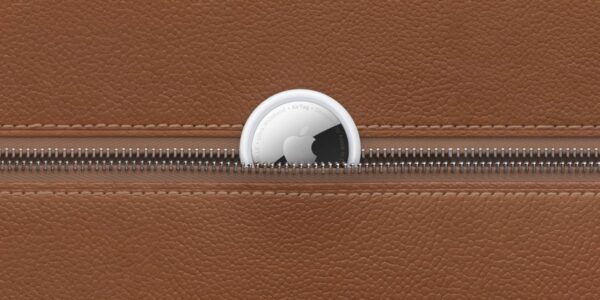In timber studies, two main types of hardwood are generally distinguished, A.E., hardwood and soft wood. These two hard wood varieties are different from each other in chemical composition and physical characteristics that distinguish them. The study of wood usually starts with hardwood. As stated above, the soft wood is different from hardwood in chemical composition and physical characteristics that distinguish it. It is important to first understand these differences between two types of hardwood before someone can analyze the characteristics of wood soft timber.
Physical characteristics and chemical softwood wood are very different from hardwood. On softwood, there are relatively fewer veins on wood, while in hard wood, there are more veins seen. Also, in soft wood, the ship generally does not exist. For example, in soft wood, tree granules will be seen in the heart of the tree, while on hardwood, the grains will only be seen on the outer surface of the wood. Example: Softwood has a low degree, while hard wood has a high degree.
This brings us to one of the most important questions about timber violence vs. wood software. In general, it is believed that hardwood is more durable than softwood wood, because of its higher degree. However, there are some exceptions to this generalization.
If the softwood tree is not tied together at the right time point, eg. If there is an uneven or insufficient joint distance, this will greatly reduce the durability of the piece. The majority of softwood wood does have a ‘shaped-‘ connection where two side by side meet, but are very susceptible to external strength such as rotten and water. On the other hand, hard wood like pine has a much stronger S-shaped joint that can last for decades. It is also assumed that hardwood contains crystal calcium bags in the skin that provides a number of protection against wood to moisture and external pressure. However, we must remember that there are many hardwood species and each type has its own weaknesses and strength.
One disadvantage of softwood is its susceptibility to rot. This usually occurs during the hot summer or during a low moisture period, because air can easily penetrate into the wood interior, which leads to the growth of fungi or mold that can affect the color and appearance of furniture. Because of these threats, soft wood trees are usually placed outside the home, although you can consider using it in the room in the form of pillows or throws. In addition, when buying Deckwood, make sure that the deck is treated to sun exposure because of vitamin D is harmful to these ingredients. Deckwood decking on the other hand does not require treatment and can be left outdoors throughout the year.
One of the advantages of softwood is cheaper than hardwood. However, the price of Lumber soft wood depends on many factors such as wood types, final results, quality, size and type of board used. For example, cedar wood is usually more expensive than pine. While the last wheat tends to run parallel to the surface, cedar lumber seeds tend to be in the same direction. Therefore, when wood is cut into the board to use on the floor or furniture, the board tends to run in a different direction, resulting in irregular grain patterns. The best quality softwood is them with straight grains.












![Have you been encountering the [pii_email_2c5d108980d117c8ca52] error while trying to send or receive emails using your Outlook account, you’re not alone. It’s a standard Outlook error that sometimes gets triggered thanks to network connectivity issues. However, several other factors also can cause you to run into the said error. The good news is that you simply can troubleshoot this error by yourself. during this guide, we are getting to mention various factors that cause the PII error and what methods you'll utilize to repair it. So, with none further ado, let’s start . What Causes the [pii_email_2c5d108980d117c8ca52] Error in MS Outlook In general, the error occurs when MS Outlook fails to determine a secure reference to the e-mail server. But, as we mentioned earlier, there are many other reasons which will trigger this error also . a number of these reasons include: Your device isn't connected to a lively Internet connection Your Outlook profile has been damaged thanks to external factors There are incorrect antivirus configurations on your PC FIles on your POP3 server are damaged How to Fix [pii_email_2c5d108980d117c8ca52] Error So, now that you simply know what triggers the [pii_email_2c5d108980d117c8ca52] error in Outlook, let’s take a glance at the solutions that’ll assist you fix it. Also examine the way to fix outlook [pii_email_316cb5e2e59f1ce78052] error Check Your Internet Connection Since a poor network connection is that the primary explanation for the error, start by checking your Internet connection. confirm that your device has active Internet connectivity. you'll try accessing other online services to ascertain if the web is functioning or not. Change Antivirus Configurations If you've got recently installed an Antivirus program on your PC, it'd be configured to automatically scan emails. If that’s the case, the Antivirus will restrict the Outlook app from functioning properly. So, confirm to vary the Antivirus Configurations by disabling the “Email Scanning” feature. Reinstall/Update Outlook Reinstalling or updating Outlook to the newest version is yet one more effective thanks to fix the [pii_email_2c5d108980d117c8ca52] error. When you’ll reinstall the app, all the damaged temporary files are going to be deleted and therefore the root of the matter are going to be eliminated also . Clear Unnecessary Emails from Outlook Folder If your primary inbox has too many unnecessary emails, they’ll cause bandwidth issues. this is often the rationale it’s always advised to clear the unnecessary emails from your Outlook folders. While you’re at it, confirm to clear the Trash also . this may help your Outlook app to deliver optimal performance. Conclusion So, if you’ve been encountering the [pii_email_2c5d108980d117c8ca52] error for a short time now, the above-mentioned will assist you fix the matter . Follow these tricks and access your Outlook account with none hassle.](https://tomtomworks.com/wp-content/uploads/2021/09/How-to-fix-outlook-pii_email_2c5d108980d117c8ca52-er-200x200.webp)

![How To Fix [pii_email_71e6bcfa8a2bee2aa151] Erro](https://tomtomworks.com/wp-content/uploads/2021/09/How-To-Fix-pii_email_71e6bcfa8a2bee2aa151-Erro-200x200.jpg)




